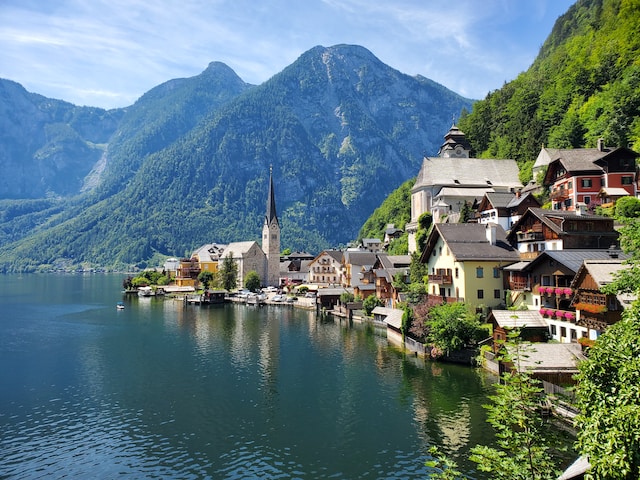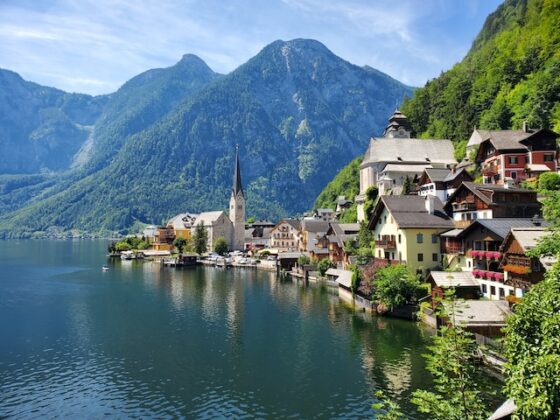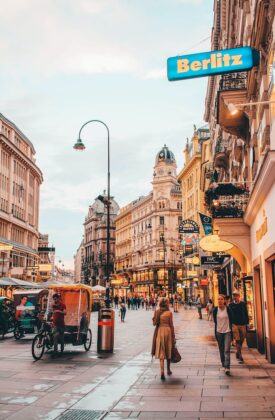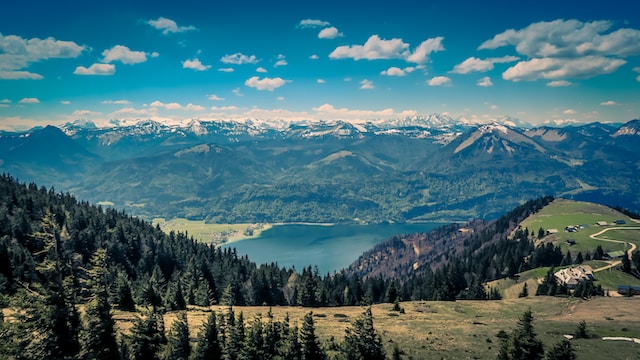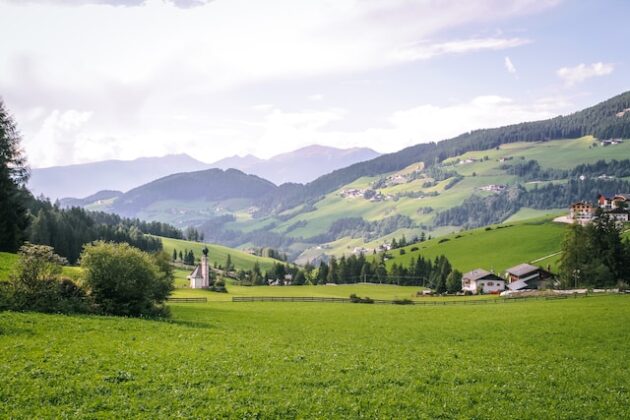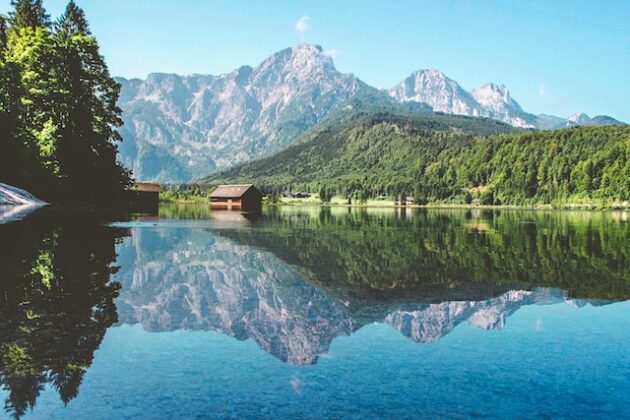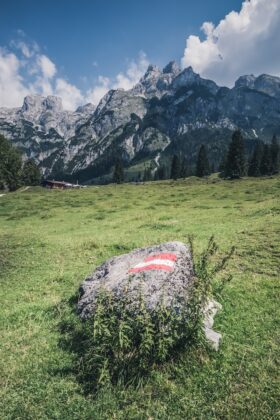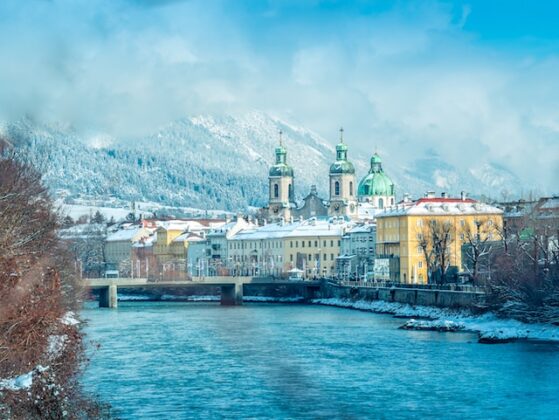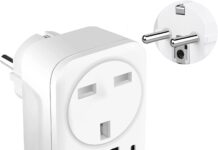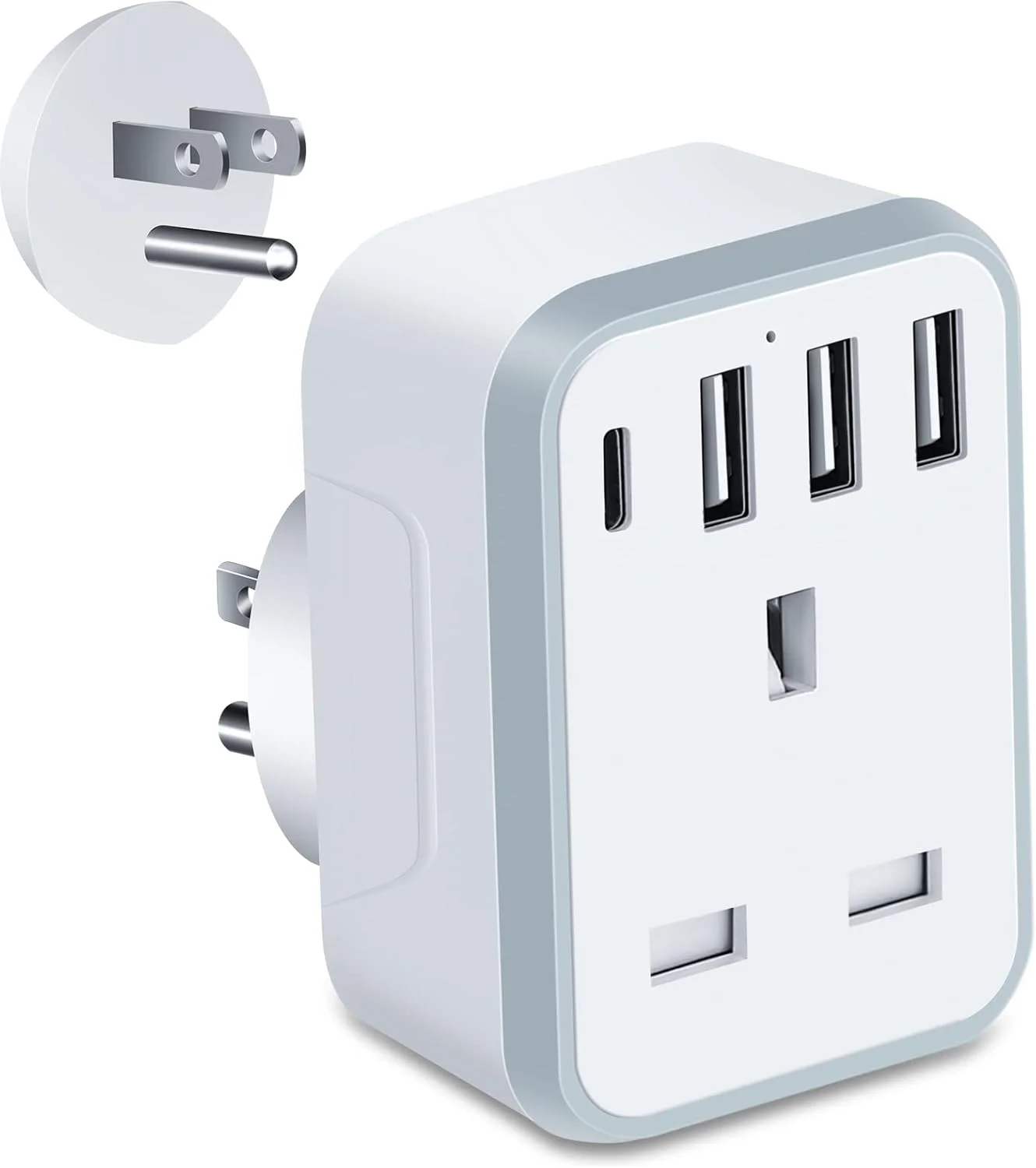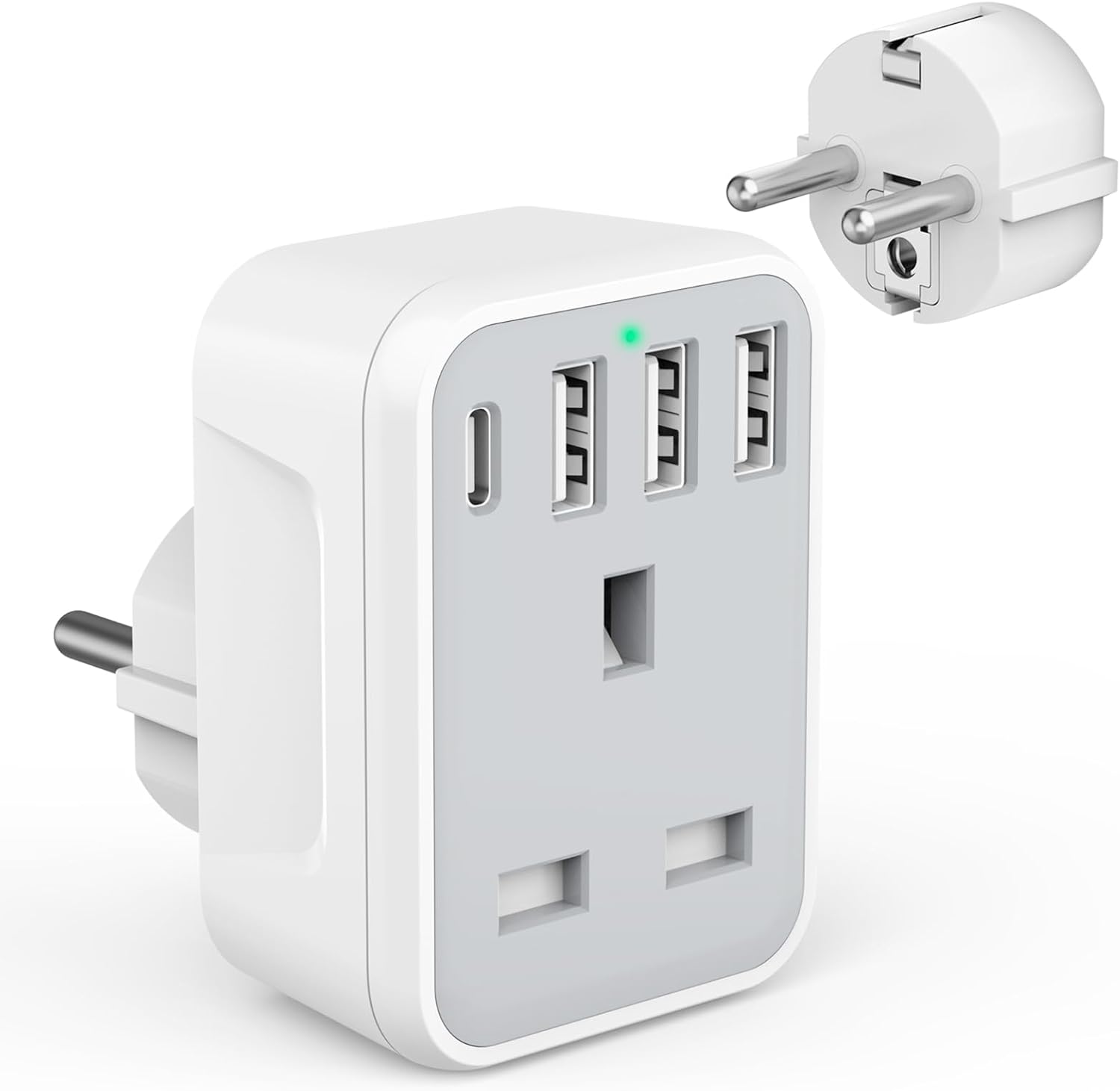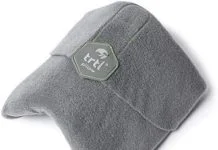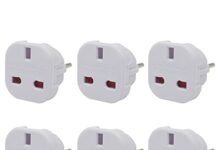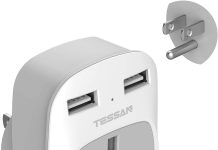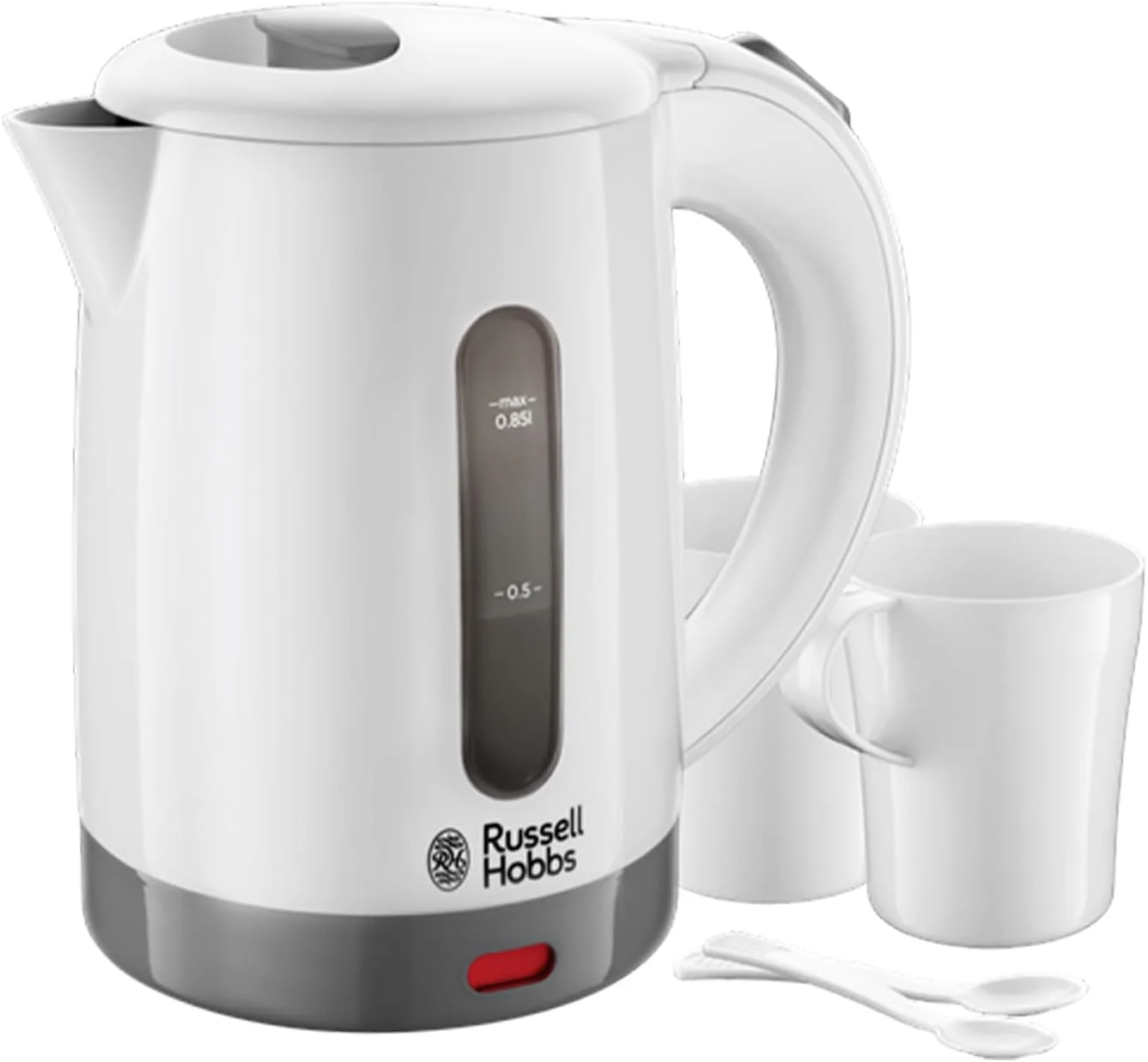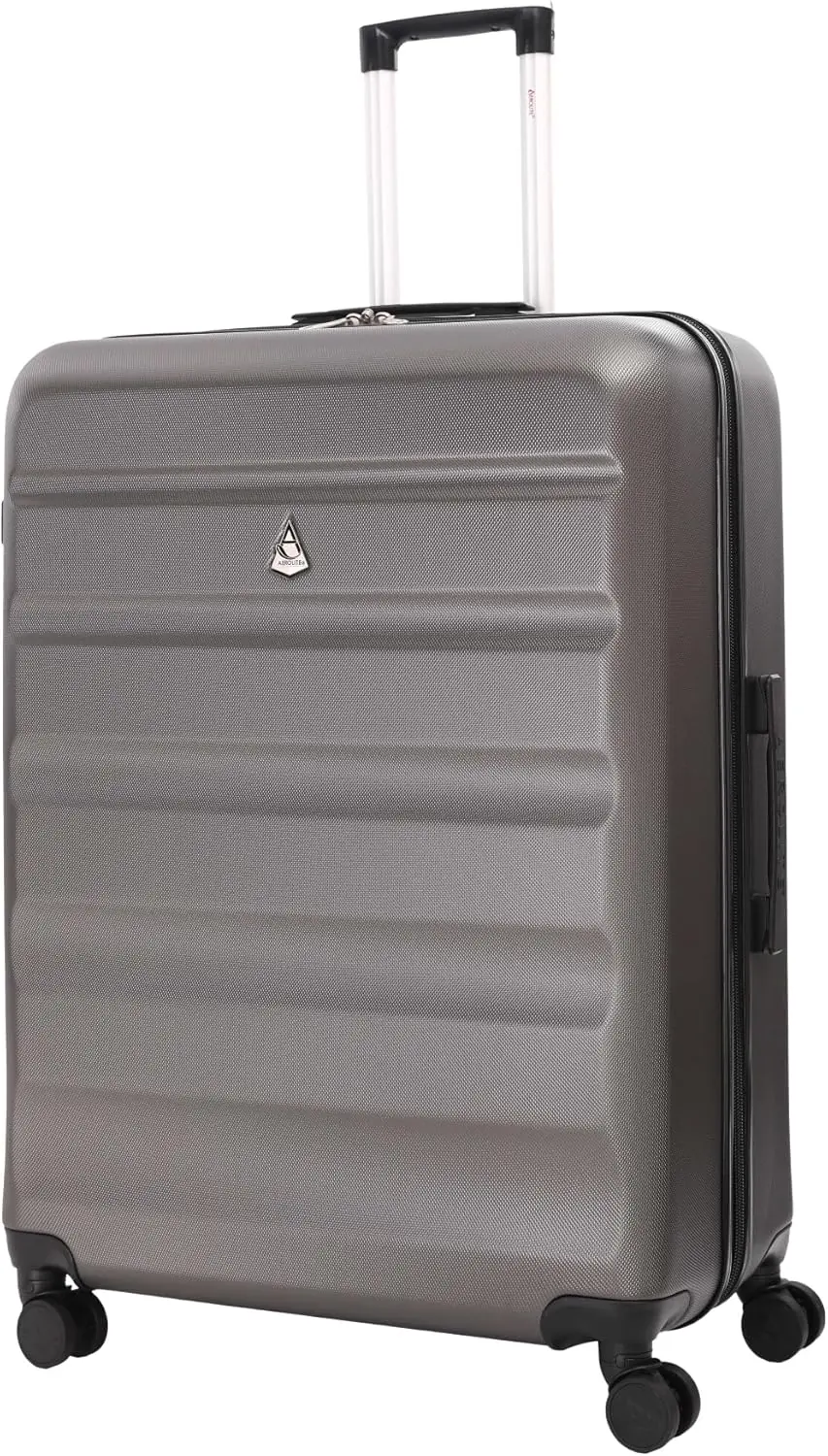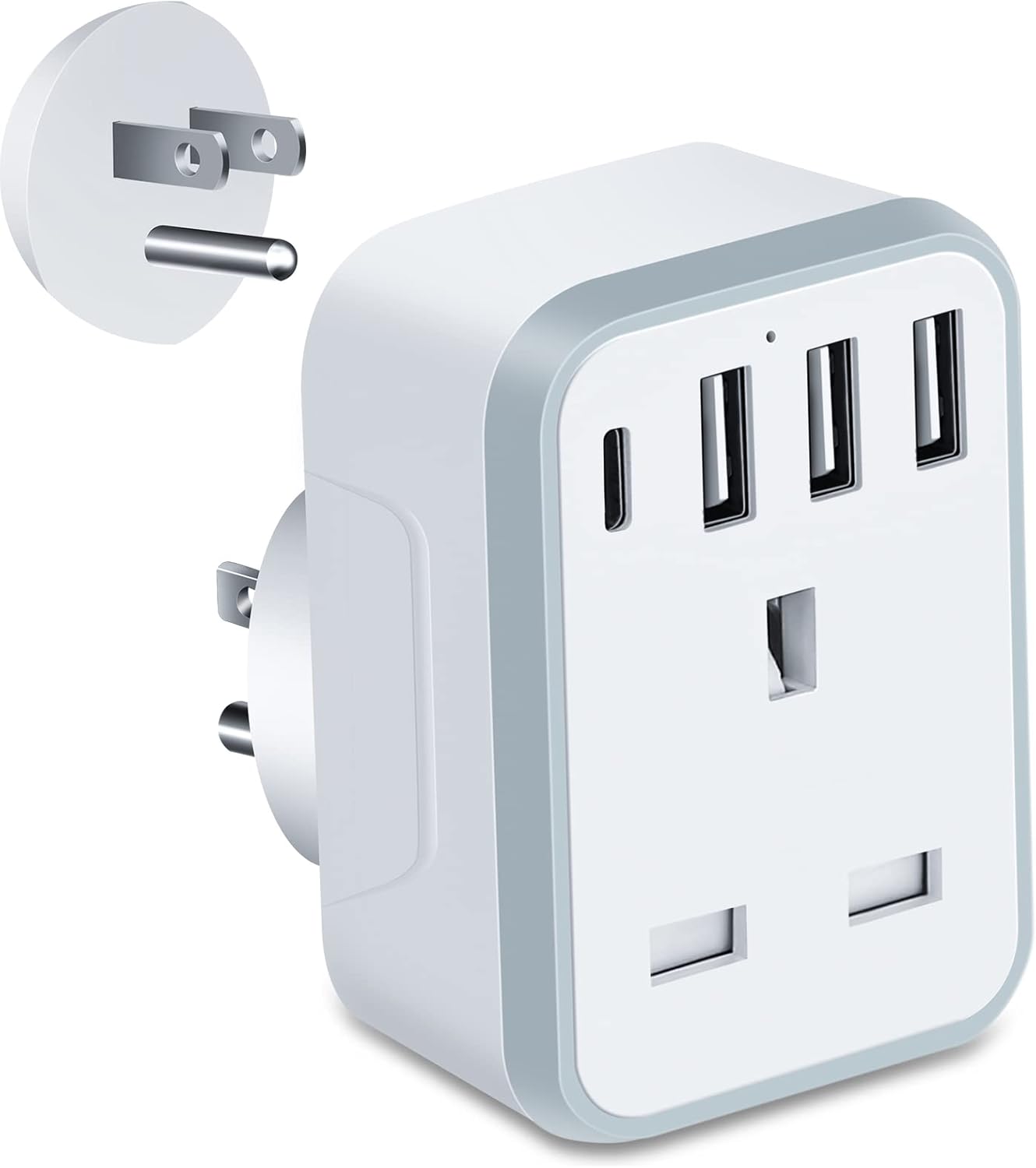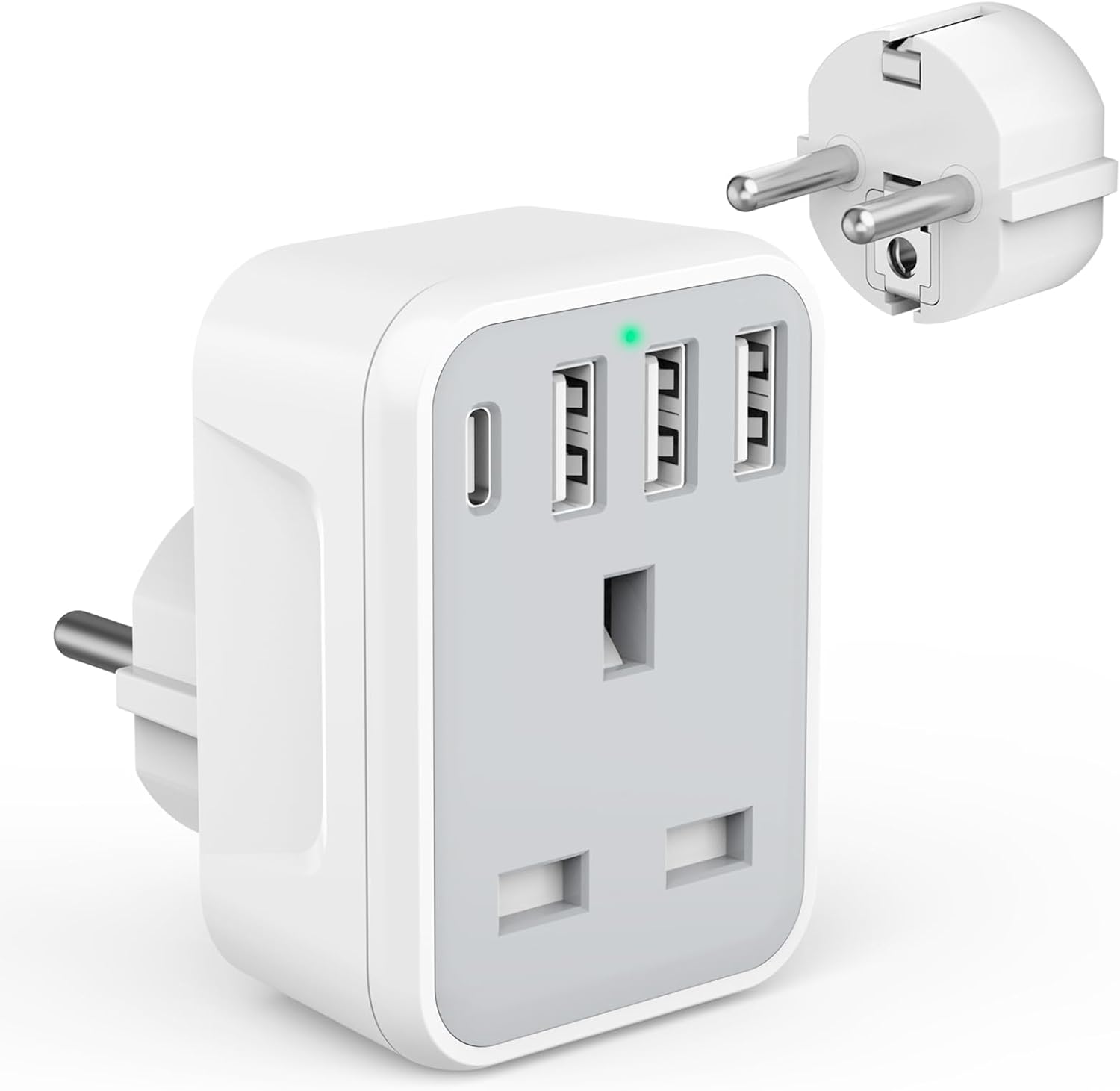Last updated: October 2025
Why Innsbruck is Austria’s Winter Sports Capital
Innsbruck hosted the Winter Olympics twice (1964 and 1976) for good reason. Sitting at 574m elevation in the Inn Valley, this Tyrolean capital offers direct access to nine ski resorts within 30 minutes – no other Alpine city comes close. I’ve spent three winters here, and what sets Innsbruck apart isn’t just the skiing; it’s being able to ski world-class terrain in the morning and sip coffee in a 500-year-old café by lunch.
The Nordkette mountain range rises dramatically behind the city center, reaching 2,334m. You can board the Nordkettenbahn funicular from the Congress station downtown and be at 2,000m in 20 minutes. On a powder day last February, I was on the slopes by 8:45am after leaving my hotel at 8:15am.
Best Ski Resorts Near Innsbruck
Stubai Glacier (45 min)
Why it matters: Austria’s largest glacier ski area guarantees snow from September to June. With 26 lifts covering 3,000m to 3,210m elevation, you’ll find reliable conditions even when lower resorts struggle.
What I learned: Visit midweek in March. Weekend crowds thin out, and spring snow is spectacular. The Eisgrat restaurant at 2,900m serves the best Kaiserschmarrn I’ve had anywhere.
Key stats:
- 65km of marked runs
- Snow guarantee: 7+ months
- Cost: €59.50 day pass (2024/25 season)
Axamer Lizum (20 min)
This was the Olympic downhill venue in 1964 and 1976. The terrain above 2,000m offers consistently good snow, and the south-facing slopes mean pleasant temperatures even in January.
Insider tip: The Hoadl sector (2,340m) rarely gets crowded. Advanced skiers should try the World Cup downhill run – it’s steep, long (7km), and humbling.
Nordkette (City Center)
The unique angle: Ride from 560m to 2,256m without leaving the city. The Hafelekar peak offers 360° views across the Alps, and the off-piste terrain is genuinely challenging – this isn’t a beginner’s resort.
Critical info: Only 4 lifts and limited marked runs. This is for experienced skiers comfortable on steep, ungroomed terrain. Avalanche awareness is essential.
Weather Patterns You Need to Know
Winter Snow Reliability (December-March)
Innsbruck sits in a valley microclimate that affects snow conditions differently than you’d expect:
Valley floor (600m): Snow rarely sticks. Average December temp: -1°C to 5°C Mid-mountain (1,500-2,000m): Reliable snow cover from mid-December. Average temp: -6°C to -2°C
High elevation (2,500m+): Consistently cold. Average temp: -12°C to -6°C
What this means: Always check conditions by elevation zone. The city might be rainy while resorts above 1,800m have 30cm of fresh powder.
Best Snow Months
January: Coldest (avg low -5°C), most reliable base, fewer crowds post-holidays February: Peak season – excellent conditions but expect lift queues weekends March: My favorite. Longer days (sunset around 6pm vs 4:30pm in January), stable snowpack, spring skiing
Pro tip: Check bergfex.at/innsbruck for real-time snow reports and webcams at different elevations.
Föhn Winds (The Wild Card)
The föhn is a warm, dry wind that can raise valley temperatures by 15°C in hours. It can turn firm morning snow into slush by afternoon. Watch for föhn warnings (common in autumn and spring) and ski early when it’s forecast.
Practical Trip Planning
Getting There
From Innsbruck Airport: 4km to city center, €2 bus (every 15 min), 12-minute journey From Munich Airport: 170km, direct train every 2 hours (€45-65), 1h50min From Vienna: 480km, train every 2 hours (€35-80 depending on advance booking), 4h15min
The Innsbruck Stubai Card (Worth It?)
What it includes: Free access to buses, trams, and cable cars to Stubai Valley resorts (summer). Tourist sites included.
My verdict: Essential in summer, skip in winter. Winter ski passes don’t include city transport, so you’ll pay separately anyway. The Welcome Card (€47 for 48h) gives better winter value with museum access and one mountain railway trip.
Accommodation Strategy
Old Town (Altstadt): Atmospheric but expensive. Hotel Schwarzer Adler has 500-year history, rooms from €180/night.
University District (15-min walk to center): Better value. Pension Paula (€65-95/night) is family-run, spotless, includes excellent breakfast.
Igls/Patsch (ski bus access): Quieter villages 5km south. Sporthotel Igls: €120/night, sauna, direct bus to Patscherkofel resort.
Budget option: MEININGER Innsbruck Zentrum (€35-50/night in dorm, €90 private room). Clean, modern, 10-minute walk to everything.
Beyond Skiing: What Else Innsbruck Offers
The Alpine Zoo (Alpenzoo)
At 750m elevation, it’s Europe’s highest zoo, specializing in Alpine species. Eagles, lynx, ibex in natural habitat settings. €12 entry, takes 2-3 hours. The cable car ride up offers excellent city views.
Hofburg Imperial Palace
Habsburg winter residence with ornate state rooms. €12.50 entry. Less crowded than Vienna’s palaces but equally impressive.
Bergisel Ski Jump
Zaha Hadid-designed Olympic ski jump with viewing platform (€11). The tower restaurant rotates 360° – book ahead for sunset.
Food Worth Seeking Out
Die Wilderin (Seilergasse 5): Modern Tyrolean cuisine using regional ingredients. Try the venison goulash with Spätzle. €18-28 mains. Book ahead.
Café Munding (Kiebachgasse 16): Since 1803. Best apple strudel in the city. €5.80 with coffee.
Stiftskeller (traditional): Heavy Tyrolean fare – schnitzel, Tafelspitz, käsespätzle. Tourist-focused but reliably good. €15-25 mains.
Markthalle Innsbruck: Renovated market hall with food stalls. Local produce, prepared foods, great for lunch. €8-15 meals.
Common Mistakes to Avoid
- Underestimating altitude: Innsbruck resorts reach 3,200m. Drink more water, wear higher SPF sunscreen, allow adjustment time if coming from sea level.
- Relying only on one resort: Weather varies dramatically by aspect and elevation. Have backup options.
- Ignoring equipment quality: Rental gear varies wildly. Sport Neuner and Bächli Sport get consistent recommendations. Avoid hotel rental shops.
- Booking last-minute accommodation in February: School holidays across Europe create competition. Book 3+ months ahead for peak season.
- Missing the après-ski timing: It happens 3-5pm at slope-level restaurants, not in town. Try Café 3440 at Stubaier Gletscher or Hoadlhaus at Axamer Lizum.
Real Costs (2024/25 Winter Season)
Per day averages:
- Lift pass: €50-60 (multi-day passes reduce to €45/day)
- Lunch on mountain: €15-20
- Equipment rental: €25-35 (skis, boots, poles)
- Dinner in town: €20-30
- Beer/après drink: €5-6
Week-long trip (per person, excluding flights):
- Budget: €800-1,000
- Mid-range: €1,400-1,800
- Comfortable: €2,200-2,800
When to Visit for Your Goals
Best powder skiing: Late January through early March Fewest crowds: Early December (limited terrain open), late March-April Best weather: March (longer days, often sunny) Budget travel: April (spring skiing deals, €30-40 passes) Christmas markets: Late November through December 23
Getting Around Without a Car
The Innsbruck Card (€55 for 48h) includes unlimited bus/tram. Key ski buses:
- Stubaital Bus (4166): Stubai Glacier, runs hourly, 45 min
- TS Route (4136): Patscherkofel, every 30 min, 25 min
- Ski Bus Axams (4165): Axamer Lizum, hourly, 30 min
All depart from Innsbruck Hauptbahnhof (main station). Free with most multi-day ski passes.
Bottom Line
Innsbruck works if you want variety. You’re not locked into one mountain – conditions dictate where you ski each day. The city offers genuine culture beyond ski tourism, and the altitude means you’ll find snow when lower resorts are struggling. It’s not the cheapest Austrian option (Salzburg area often undercuts by 20%), but the accessibility is unmatched.
For first-timers, I’d suggest a week split between Stubai Glacier (guaranteed snow, varied terrain) and Nordkette (if you’re advanced) or Axamer Lizum (if you’re intermediate). Book accommodation near the train station for easy resort access, and don’t skip the après-ski scene – that’s where you’ll learn what local skiers actually recommend.
About the author: After three winter seasons living in Innsbruck and skiing 80+ days across Austrian resorts, I’ve learned what actually matters versus what guidebooks emphasize. This guide reflects practical experience, not promotional content.

